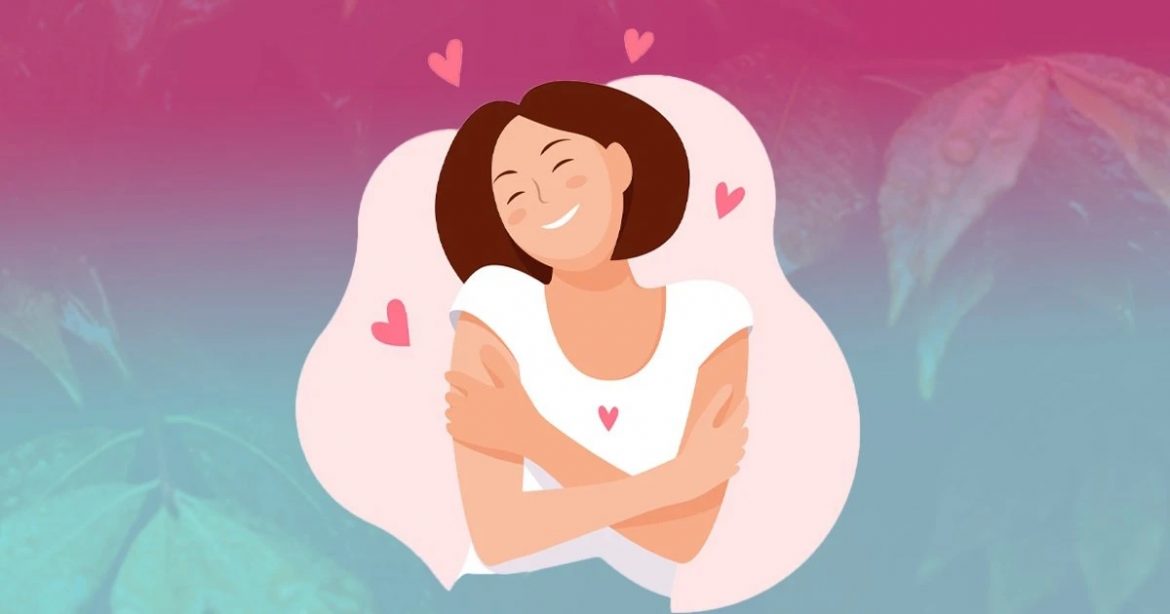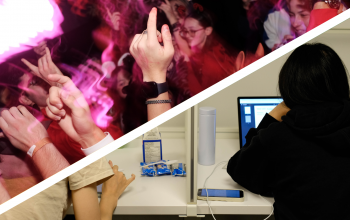Photo Credit: Metro UK
Age-old writers, current artists, and modern research suggest sometimes, maybe, yes
Josephine Murphy, Opinion Editor
Here’s a riddle for you: There is a subject called X. X is all you can think about. Encounters with X bring you intense highs, overwhelming emotions, and feelings of excitement, exhilaration, and happiness. You crave more interactions with X and start devoting more time to them. Slowly, the time you spend with friends decreases, as opposed to time spent with X. You begin to notice that prolonged separation from X is distressing and anxiety provoking.
What is X? Is X a drug or is X a person? Is a substance-use addiction or the experience of falling in love being described?
Technically, there is no wrong answer; X could easily be either of the two. In fact, the idea that romantic love is like a drug is widespread in literature and pop culture. In 1597, Shakespeare’s Romeo and Juliet described how love’s euphoria can spiral into madness. Edgar Allen Poe reinforced this with his statement, “I was never really insane except upon occasions when my heart was touched.” More recently, in 1986, Robert Palmer sang about being “Addicted to Love”; in 1997, Annie Proulx wrote, “I wish I knew how to quit you”; and in 2010 Kesha released her song titled “Your Love is my Drug.”
The widespread cultural association between love and addiction prompted researchers to explore if there was a deeper biological and behavioural basis for the association. Research now shows that there are considerable similarities between the two experiences in terms of behaviour, neurochemistry, and brain activation, leading some scientists to conclude that love is a behavioural addiction.
So should we embrace the love-addiction paradigm? Before reaching a conclusion, I think it’s important to lay out the evidence.
At a behavioural level, the resemblance between a lover and an addict is quite striking. A comparison between love and the criteria for a substance-use disorder under the fifth edition of the Diagnostic and Statistical Manual of Mental Disorders (DSM-5) shows the two overlap considerably. The DSM-5 outlines 11 criteria for a substance-use disorder and groups them into 4 categories: physical dependence, risky use, social problems, and impaired control. An individual who exhibits behaviour consistent with 2-3 symptoms is considered to be mildly addicted, whereas an individual with 4-5 symptoms or 6 or more symptoms is considered moderately and severely addicted, respectively.
In a 2016 review by Zou et al., researchers identified similarities between love and substance-use disorder for 8 of the 11 addiction criteria. It argued that both addiction and love can involve: i) intense cravings for a substance/person, ii) a substantial amount of time dedicated to the substance/person, iii) sacrificing recreational, social, or occupation endeavours because of the substance/person, iv) tolerance, characterized by a decrease in the physiological effect of the person/substance over time, v) withdrawal symptoms or distress at separation from the substance/person, vi) continued use or engagement with the substance/person despite it causing “persistent or recurrent physical or psychological problems”, and vii) an inability to regulate, decrease, or cease engagement with the substance/person despite the desire to do so.
Interestingly enough (and quite in line with our intuitions), studies demonstrate that this obsessive-like love and emotional dependency only applies to early stage romantic relationships. After around 6 months, the initial love phase subsides and is replaced with a more stable model. Thus, most individuals who have progressed to a healthy long-term relationship will not display the 8 addiction-like behaviours. Those that are prevented from developing a secure relationship (i.e. because of an unhealthy attachment style or abusive relationship) may remain in this phase longer.
At a biological level, scientists report an overlap in the biochemical reactions transpiring in the brain for love-struck and addicted individuals. Both cases involve the neurotransmitters and neuropeptides dopamine, oxytocin, corticotropin-releasing factor, and vasopressin. Researchers also discovered that love and addiction both activate the ventral tegmental area (VTA), nucleus accumbens (NAC), caudate, insula, dorsal anterior cingulate, and dorsolateral prefrontal cortex. The review by Zou et al. concluded that this overlapping activation indicates “that both lovers and people with addiction display activated basic stimulus detection functions (such as reward prediction and reward experience), as well as activated primary emotional reactional (strong urges for drug/partner) when exposed to partner-or drug-related cues.”
In light of this information, can we fairly characterize romantic love as a behavioural addiction? Arguably, it depends on how one defines an addiction and the nature of the romantic love. If one defines addiction in terms of unnatural desires, then love can only be an addiction when it involves unnatural desires. Presumably, this would limit love-addiction to cases of maladaptive love. However, if we characterize addiction as “simply a strong form of [regular appetitive desires],” then many healthy romantic relationships might be understood as behavioural addictions.
Generally speaking, it seems likely that someone in the early stages of a relationship, with poor self-esteem and an unhealthy attachment style, would display stronger “addictive tendencies” than an individual who is in a long-term relationship or has a healthy attachment style.
That being said, although this article does not explore the differences between falling in love and falling into an addiction, it is important to note that they do exist. These differences explain why love addiction is a controversial topic within scientific literature.
Despite its controversial nature, the love-addiction framework has useful applications. Individuals in the early phase of a romantic relationship might use the comparison to understand their experience of love. It might help them interpret and/or temper strong emotional reactions to their partner. The framework may also encourage new lovers to evaluate their relationship more objectively and question whether their feelings are simply part of a “biological response” or whether they are indicative of a meaningful connection.
Additionally, the love-addiction model might assist people in breaking free from unhealthy relationships. It may help them understand and address the destructive patterns in their relationship, explain why they feel compelled to remain in a harmful relationship, and provide motivation to take steps to change or remove themselves from the dynamic.
Regardless of the striking similarities between love and addiction, researcher Brian Earp highlights that love differs from a substance-use disorder in a significant way: the majority of people hope to fall in love.
If love is addictive, so be it. As Anatole France advises, “If the path be beautiful, let us not question where it leads.”




